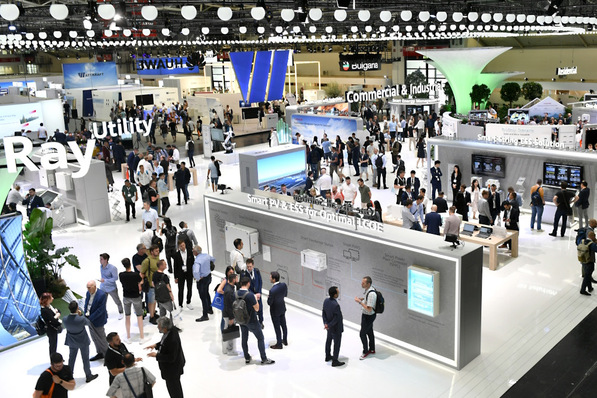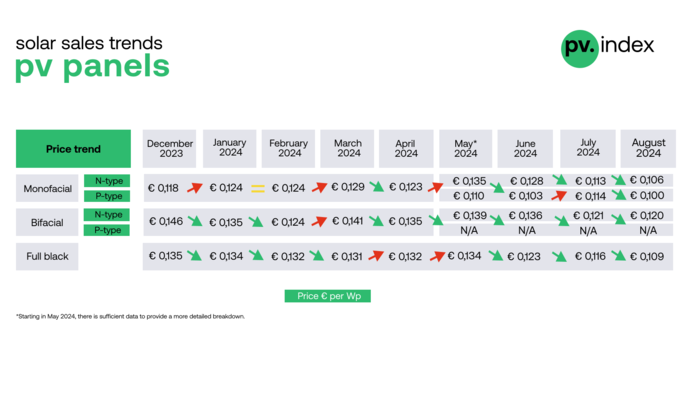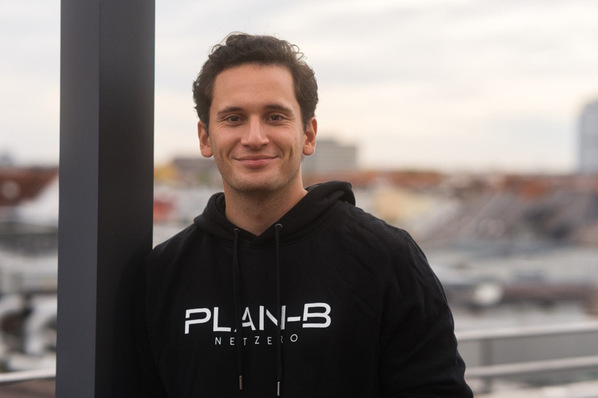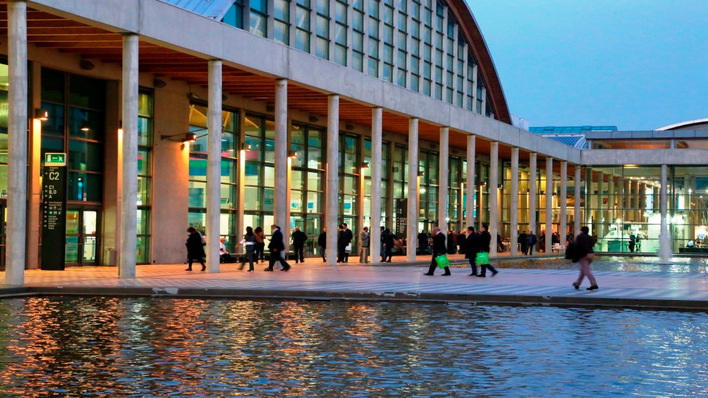The price of polysilicon reached 312 Chinese RMB, almost 45 euros, per kilo at the end of August, the highest price level ever measured. Since then, the price has hardly risen anymore, despite the fact that the demand has not immediately decreased or that the supply has increased.
"The Chinese government has asked the regional authorities to take action to stop the price increases in the polysilicon industry," Scheper said. "We are not going to notice much of that, except that the price increases will not continue."
Availability of polysilicon, inverters and mounting material
The notification encourages increasing cooperation between polysilicon and wafer, cell, glass, module and inverter manufacturers. It calls for the creation of strategic alliances, long-term agreements and technical cooperation.
"They have simply limited the polysilicon prices and do not want to elaborate any further. The effective date, the price cap, how much compensation producers will receive and for how long it will take is unclear. They refuse to make that public."
"That may sound crazy, but the price is also not the biggest point. That is the availability of polysilicon and inverters," says Scheper. "The warehouses of European wholesalers are already becoming quite empty. They still have solar panels, but mounting material and especially inverters are just running out."
The shortage of mounting material was also reflected in the ABN AMRO Transition Commodity Price Index. In the past period, due to the Chinese lockdowns – the largest metal consumer in the world, but also a large producer of many metals – much less steel has been produced.
Transport costs drop sharply
Dutch business bank ABN AMRO expects that global steel prices will not rise for the time being. Due to the energy crisis and a dormant global recession, it is expected that many parties will just lay low the coming period.
Scheper sees a different development for China. Last month it was already announced that the Chinese economy grew only 0.4 percent in the second quarter of 2022, the lowest growth since the beginning of 2020.
"The Chinese government has therefore put forward several gigawatt projects, which can be achieved with subsidies. As a result, the demand will also rise again."
But not the logistical demand, which remains low because the Chinese projects naturally require little shipping. "The logistics costs have dropped sharply, due to the dropped container demand" says Scheper.
Did you miss that? Chinese economy vs global PV market outlook
"In a few months' time, we've gone from $15,000 to $5,000 per container, which saves more than a eurocent per wattpeak on your project. The Asian port congestion seems to have resolved and the lockdowns are largely over. But the question is at which price point the demand increases again, because as long as those costs continue to fall, many project developers will continue to wait and see."
Not very illogical, but Scheper warns not to wait too long. "After all the craze of the past few months and the uncertain near future, I just wouldn't wait and fix the transport costs now. A container price of 4,500 dollars is just a good price," he says.
"But I understand the wait-and-see attitude, too much change is bad for decision-making. Moreover, like in the Netherlands you still cannot build a solar park without a subsidy, and you just need it to get a permit and permission from the bank and the insurer. And they have now become a lot more restrained.”
Earthquake has not hit PV industry
Then there is finally the warning that came last month, that a heavy earthquake had hit the Chinese province of Sichuan. A province in which many manufacturers have built manufacturing sites.
Also interesting: „We are not in a situation where we cannot deliver“
"Although unfortunately there was a large number of casualties, the factories of the PV industry were not affected. This will not affect the PV supply," says Scheper.
What the Chinese PV industry does suffer from, however, is a shortage of talent, he explains. "Relatively speaking, it is not as big a deficit as in the Netherlands, but it is starting to get serious. Many Chinese young people go to study abroad, but then stay there because of a better lifestyle, corona treatment and individual freedom. The ‘moral obligation’ to go back seems to be diminishing." (Gerard Scheper/hcn)
The free report is for download here







